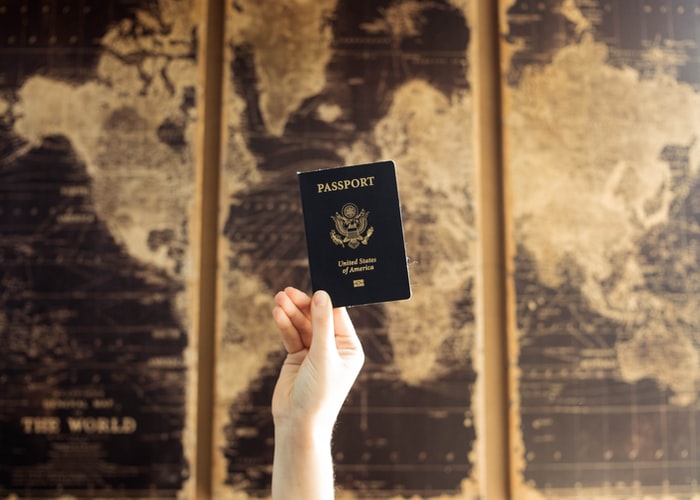On the 8th of March every year, Women’s Day is celebrated around the world. On this day, women’s achievements are recognised and celebrated and women around the world, regardless of their national, ethnic, economic, political or cultural background celebrate their advancements, raise awareness of inequality and highlight the next steps needed for gender equality and parity.

International Women’s Day 2021 © United Nations
International Women’s Day (IWD) emerged from the labour movement, all the way back in 1908 when 15 000 women marched the streets of New York to protest against working conditions, demanding shorter working hours, equal pay and the right to vote. First National Women’s Day was declared by the Socialist Party of America a year later and the following year International Women’s Day was created. This happened in 1910, at an International Conference of Working Women in Copenhagen, when a women called Clara Zetkin made a suggestion to make the day international. Needless to say, the suggestion was unanimously accepted by the 100 women from 17 countries who attended the conference and International Women’s Day was created.
The date of the 8th March however was not set until the war-time strike in Russia in 1917 during World War I. The Russian women demanded ‘bread and peace’ and after four days of the women’s strike the Tsar had to abdicate and the women were given the right to vote.
International Women’s Day was formalised by the United Nations in the year 1975 and each year now the UN highlights a specific issue to bring to attention. This year’s topic is ‘Women in leadership: Achieving an equal future in a COVID-19 world’, celebrating and highlighting efforts and achievements by women and girls in the creation of an equal society during the times of the pandemic.
Together, we can make 2021 a landmark year for gender equality. But only if we all #ActForEqual.
— UN Women (@UN_Women) March 7, 2021
On #IWD2021 and in the lead-up to the #GenerationEquality Forum, join us in taking action for an equal future. pic.twitter.com/7zpm8fVToX
And though it may seem that women’s equality has been achieved in many parts of the world, there is still a long way to go to obtain equal rights, equal salary, break through the glass ceiling, stop violence against women and achieve overall gender equality.
International Women’s Day is celebrated differently in different countries, is becoming more and more widely celebrated and gaining traction in the world. It is even an official holiday in some countries and it is widely observed and celebrated in others, from women receiving gifts such as flowers to holding political demonstrations.
With the roots of the date of International Women’s Day being tied to Russia, in this country the IWD is an official holiday. However, the political aspect of it is no longer at the forefront and women are mostly being recognised through giving gifts.
In Italy, for International Women’s Day women are traditionally given mimosas, a small yellow flower that symbolises strength. It is also very common for the women to give mimosas to each other as a sign of female solidarity. With Italy being a very food-oriented country, on the day, yellow cakes and pasta are also made to resemble the flowers.
The month of March is known as a Women’s History Month in the US, when awareness is created around women’s achievements throughout the past and present. Though the 8th of March is not an official holiday, on this date cities host conferences and rallies to celebrate women and their achievements as well as discuss topics around gender equality and women’s rights.
In China, IWD is not an official holiday however on March 8th employers are encouraged, although not obliged, to give the female staff half a day off.
Chile has still kept the political note of marking Women’s Day with marches through many cities, especially the capital Santiago, often accompanied by drum rolls and costumes. To show the support of sexual and reproductive rights, the protesters also often wear green handkerchiefs.













